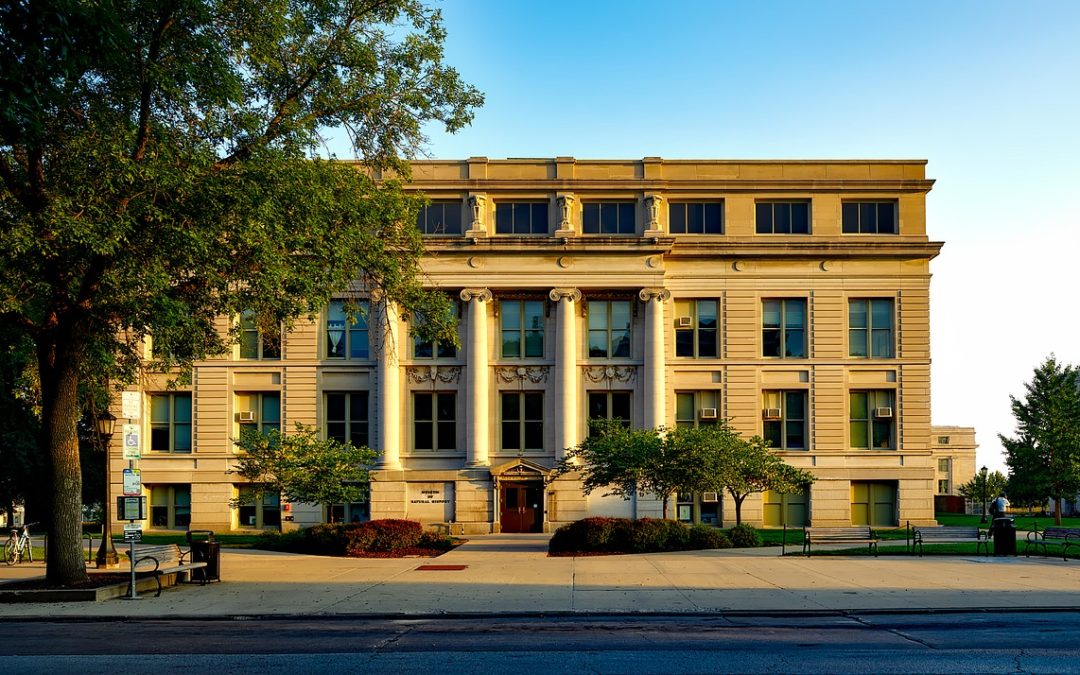As populations shift and time passes, many communities have school buildings that are no longer being used, or for which use as a school is no longer the highest and best. Communities, like Rockingham, are then left with a huge asset—in terms of physical space and financial benefit—providing an opportunity for creative reuse.
Why should you consider repurposing your schools? Due to inherent properties of their design, school buildings are an excellent canvas for adaptive reuse. Older school buildings were built during a time when space was limited, and therefore, they were often designed with the goal of maximizing available space in the most efficient manner possible. Many older schools showcase aesthetics that aren’t cost effective in modern buildings. Built at a time when labor was cheap, these schools exhibit greater attention to architectural detail than those built today. These details can include vaulted ceilings, elaborate masonry, and large windows. Retaining these details during the repurposement process allows the building to maintain much of its original character and aesthetics by incorporating these unique elements into the building’s new use.
Repurposing presents a community with the opportunity to preserve iconic structures, make new use of unique space, and can include a tribute to the school and community’s history. As a result of such efforts, school buildings can find new life as housing, homes for nonprofits, alternative education programs, co-working spaces, or other organizations. Recent examples include:
- A school in downtown recently repurposed to serve as collaborative office space.
- A school in Zebulon, NC was transformed into a new municipal complex.
- A school in Charlotte is being restored and repurposed as a museum.
- A school in Sioux City is being repurposed to create more affordable housing.
When finding a new use to fit the former school’s neighborhood, communities and organizations must take into consideration certain legal requirements. For example, there are legal constraints on local government and nonprofit contracting and partnerships, and specific procedures for moving school buildings out of local school board ownership. To ensure legal compliance, careful planning must be done on the front end of any repurposement project.
Thinking about recycling your community’s school buildings? Contact Sanford Holshouser at info@shlawgroup.com to talk more about repurposing schools buildings in your community.
* * * * * * * * * * * * * * * * * *
Please see our disclaimer and let us know if you have any questions or comments on this topic.

